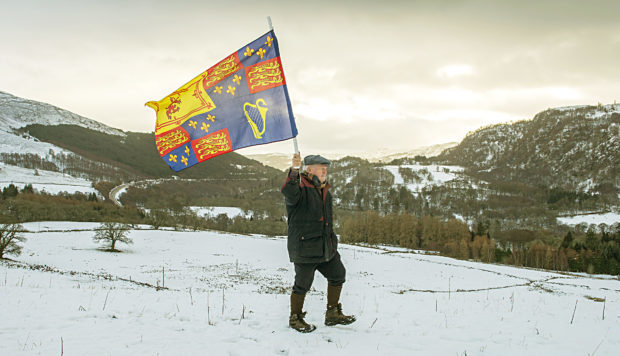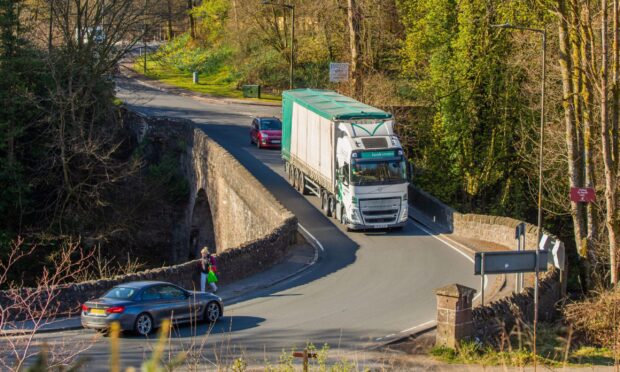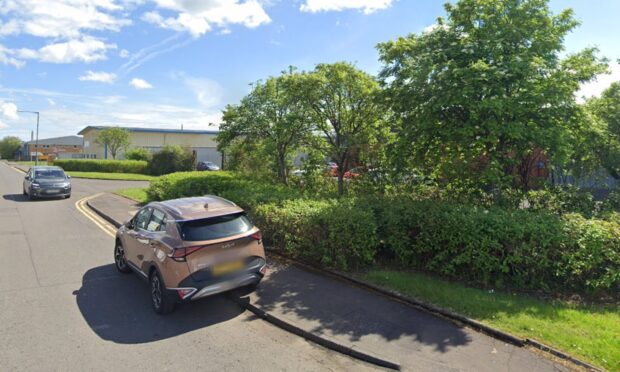The battle to protect a Perthshire site where thousands of men lost their lives during the Jacobite uprising may be fought out at a public inquiry.
Transport Scotland has conceded this may be necessary after campaigners objected to the planned route of the A9 dualling project across the Killiecrankie battlefield.
Objectors claim the route is the “worst of all options” and could disturb human remains.
KilliecrAnkie1689, a local residents campaign group, said a geophysical survey carried out by archaeologists identified possible burial pits in the direct path of the proposed new road.
“The Battle of Killiecrankie was the bloodiest of all battles during the Jacobite uprisings,” said Henrietta Fergusson of KilliecrAnkie1689.
“More than 2,000 men died in a brief but ferocious bout of fighting. We do not know where they were buried but historians agree that most would have been buried on or near where they were killed.”
A Transport Scotland spokesperson said they were prepared to go to a public inquiry.
“As the existing A9 already runs through the site of the battlefield, any of the dual carriageway widening options, for example widening the existing road on its northbound side or widening the existing road on its southbound side, will have some impact on the battlefield,” he said.
“We have therefore carefully developed our plans to dual the route between Killiecrankie to Glen Garry taking into account available research and specialist advice.
“We will now consider all comments received during the consultation period as we further develop our plans for this section of the A9.
“The route through the battlefield has been developed using the available interpretation of the battle.
“As for all the projects in this ambitious dualling programme, we have allowed for the need for a Public Local Inquiry, so should one be needed it will have no impact on the overall dualling programme’s completion date of 2025.”
Ms Fergusson described Transport Scotland’s position as “very misleading”.
“The original A9 was constructed in the 1970s and did a lot of damage to the battle site, we now know,” she said.
“Attitudes and regulations have changed totally since then. It is no longer permissible to damage historic assets in this way and it certainly is not permissible to compound damage already done.”










